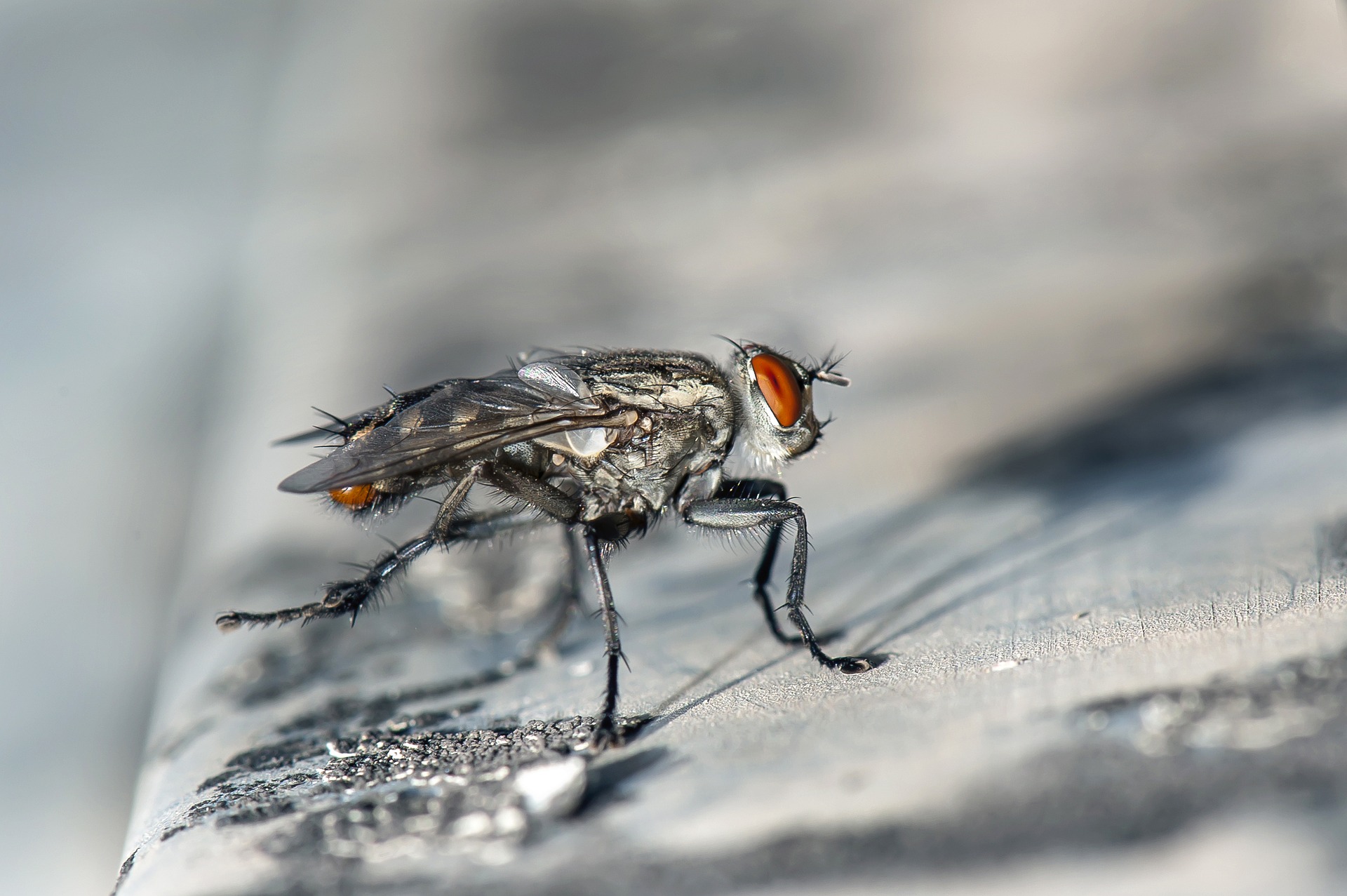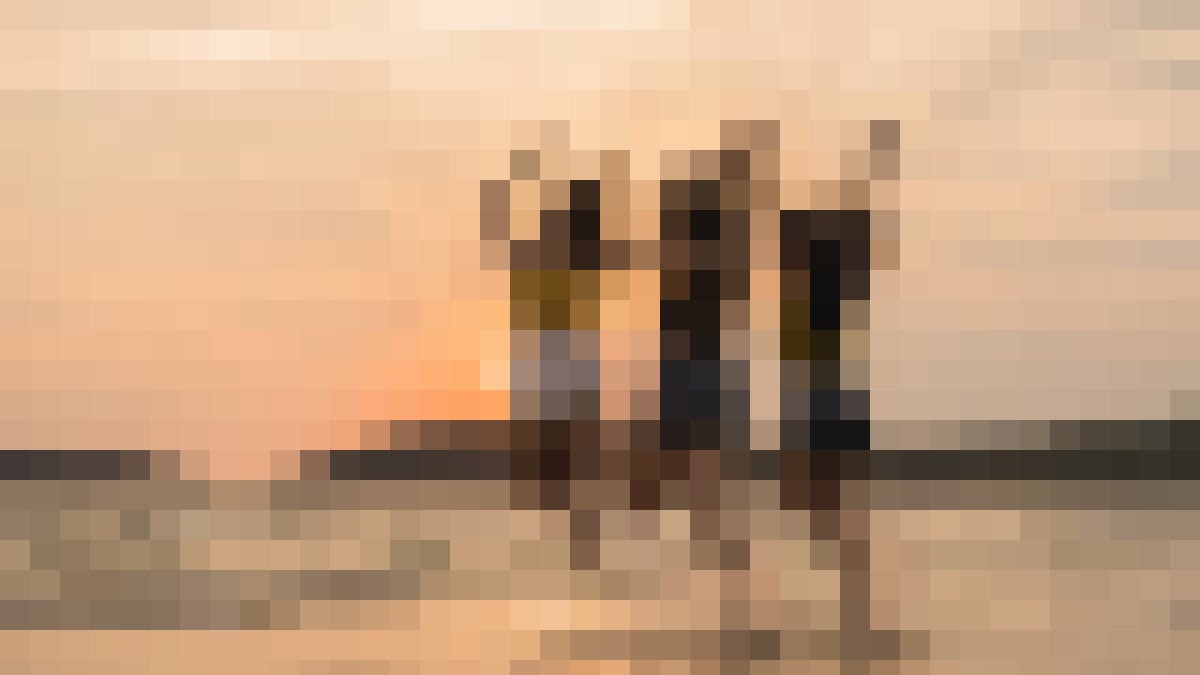Now Reading: Forensic Helpers in Disguise as Insects: Forensic Entomology
-
01
Forensic Helpers in Disguise as Insects: Forensic Entomology

Forensic Helpers in Disguise as Insects: Forensic Entomology
Insects dominate our planet in terms of species richness, with about 1 million described species. These are the most abundant groups of animals and reside in almost every habitat. The field of Entomology is a study of insects and encompasses the biological, agricultural, and environmental sciences which are associated with insects. The study on insects isn’t limited to just solving agricultural problems or understanding insect-transmitted diseases, it also has a significant application in the field of forensics which is the main core of forensic entomology. Certain necrophagous insect species, especially Calliphoridae (Blowflies) tend to reach the cadaver within a few minutes of death and start to colonize on the corpse. Forensic entomology is the scientific study of these insect colonies on the corpses and their developmental stages, in order to discover various facts about the changes undergone by the corpse. This aids the legal justice system in order to gather information on what actually happened to a corpse, various wounds inflicted on the cadaver and their locations, how long has the victim been dead, the actual place where an incident took place, the drugs and poisons the victim was exposed to when she/he was alive, etc. and hence solving a crime. The necrophagous insect species which feed directly on the cadaver, the predators and parasites of these nacrophagous species, and the schizophagous species which feed on the carrion first but may become predators in later larval stages, are the most important groups of insects for forensic purposes. They include Diptera (flies) and Coleoptera (beetles). After death, once decomposition sets in, the remains go through rapid physical, biological and chemical changes and different stages of the decomposition are attractive to different species of insects. Among which Calliphoridae (blowflies) are the first arthropods to arrive at and colonize the cadaver. The early arrival of Calliphoridae at a corpse and the strict sequence, in which species arrive and depart, makes them useful forensic helpers and medicolegal indicators particularly within the first month after death. The putrefactive sulfur-based compounds are responsible for attracting the flies to the decomposing carcass. The blowflies lay 250 eggs near and inside the natural orifices and open wounds present on the dead body. Within 24 hours of oviposition, the eggs hatch into first-stage larvae. These feed on the semi-liquid bodily fluids and then molt into second-stage larvae, which feed for several hours and then molt into third-stage larvae. Masses of third-stage maggots are capable of producing heat, which may raise the temperature around them to more than 10° C. After more feeding, the third-stage maggots move away from the body and metamorphosize into adult flies. The development of blowflies is temperature-dependent. Studies have shown that an optimal temperature range for most species has been identified to be between 20 and 30 °C, with development rates altered at temperatures outside this range.
Determining the PMI (Post Mortem Interval)
Most cases that involve a forensic entomologist are 72 hours or even later of death, as until this time, other forensic methods are equally or more accurate than the insect evidence. However, after three days, insect evidence is usually the most accurate and sometimes the sole method of determining elapsed post mortem interval. Forensic entomologists can determine the possible post mortem interval, based upon the lifecycle stages of a particular fly species colonized on the corpse. The start of PMI is considered to coincide with the initial oviposition of eggs on the body and the end of it is considered to be the discovery of the dead body and recognition of the oldest colonizing species infesting on it. Blowflies are ectotherms and their developmental time is species-specific, therefore the blowfly species are accurately identified and temperature profiles of the scene are reconstructed accurately. This can be done by DNA analysis of the PCR (polymerase chain reaction) amplified suitable regions of the larvae genomes and comparing it with reference data. The oldest larva is measured in length and is compared with the reference data published by various entomologists. This may reveal the age of the larvae and their developmental stage. This information discloses the time it’s been colonizing on the corpse and the approximate PMI. To estimate PMI more easily, several developmental models have been proposed, and the Thermal Summation Model and the Isomorphen, as well as the Isomegalen diagrams, have been the most commonly applied models in forensic entomology.
Insects as Forensic Helpers
In cases of neglect or abuse towards the elderly, babies, and animals, insects serve as forensic indicators. Some species of insects, for example, the greenbottle Lucilia sericata (Meigen), are attracted to odours such as that ammonia and fecal matter. These may get attracted to the unclean diaper of an infant or the clothing of an incontinent elderly who hasn’t been assisted in maintaining their bodily hygiene, and the flies can lay eggs which can lead to myasis (the invasion of living tissue by insects). Such attacks can happen to domestic animals because of fecal matter attached to their fur. These cases are considered to be instances of physical abuse as the victims are unable to take the eggs and maggots off of their bodies. Insects are also the indicators of movement of a dead body after death. Different blowfly species prefer different environments – warm, cool or humid, urban or rural. So, the presence of a non-native species for the location where the body was found is indicative of the foul play. The insects found underneath the body will also vary with the duration of time the body has been at the scene, providing more evidence of both times of death and whether the body may have been moved or not. In some cases, the nacrophagous insects can also stipulate the cause of death and the location of injuries. For example, they may colonize on a large wound from which the victim may have bled out and lost her/his life, instead of the natural orifices of the body.
Entomotoxicology
When insects feed on the cadaver, the xenobiotics, such as drugs and toxic substances present in the cells and tissues of the cadaver get accumulated in the larvae and become a part of their metabolic system. The larvae thus serve as potential toxicological evidence. Entomotoxicology deals with examining the insects feeding on the cadaver and detecting them for the presence of drugs and toxins. The presence of the same is indicative of drug abuse or poisoning. The field of entomology has evolved immensely over the years and also set a place of great significance in the area of forensics, which has made the crime-solving process simpler and more efficient.
AUTHOR
Drishti Patel, Graduation student,
Department of Forensic Science, PIAS,
Parul University
Dr. Arushi Chawla, Doctoral studies,
Department of Forensic Science, PIAS,
Parul University










